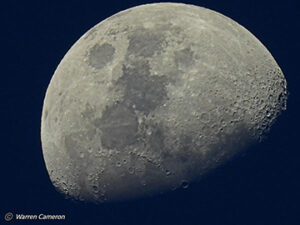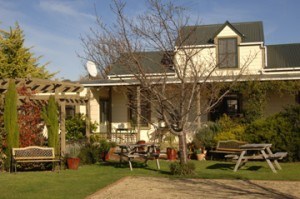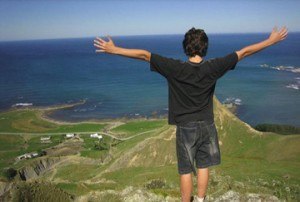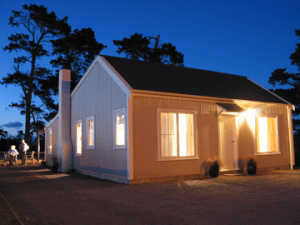Under The Martinborough Stars
Some people see a face, a man, while others a woman holding a tree. I see a rabbit with long ears and a fluffy tail. I am of course talking about the Moon. This episode is all about our nearest celestial neighbour, one which without it, the earth would be a very different place indeed.
The Moon is our constant companion. We forget sometimes how important and vital the Moon is to our life on Earth. We sometimes take the Moon for granted but it can still surprise us. When the Apollo astronauts brought back moon rocks from their mission, scientists were intrigued to find that the rocks were very similar to the rocks found on Earth.
To understand where the Moon came from and why the rocks are similar, we need to go back in time about 4.5 billion years.
Back then, the Earth had just formed, it was a ball of molten rock, hot and squishy. Rocks were constantly flying around the solar system then, much more than today. A huge rock, around the same size of Mars called Theia came smashing into the Earth. This rock collided with our planet and chunks of the molten earth flew out, eventually sticking together and forming a large rock. This rock eventually became the Moon.
Today, the moon is 385,000km away or just over 1 light second. But it hasn’t always been. It once was much closer.
To measure the distance between the earth and the moon, scientists use a laser beam. They measure how long the beam takes to reach the moon and be reflected back. By analysing the data from the last 50 years, it was found that the moon moved 3.8cm away each year. So, reverse that idea and you will see that the moon must have been much closer in the past.
When the moon was formed, a day on earth was only a few hours long. But as the moon moved very slowly away, bit by bit, it attracted the mass of the water on the planet and this reduced the speed of earths’ rotation, slowing it down a tiny fraction. After 4 billion years of slight tugs, the Earth now has a rotation of 24 hours.
The Moon is a great object to look at, either with the naked eye, binoculars or a telescope. You can see craters, mountains and smoother areas especially if you look near the first quarter moon when there is great contrast between the light and dark areas. The line that splits up the dark and light areas is called the Terminator. Look along the terminator and that’s where you’ll find lots of detail.
Take a look at the Moon over the summer, a real long look. What do you see?
Becky Bateman, Under The Stars















Recent Comments